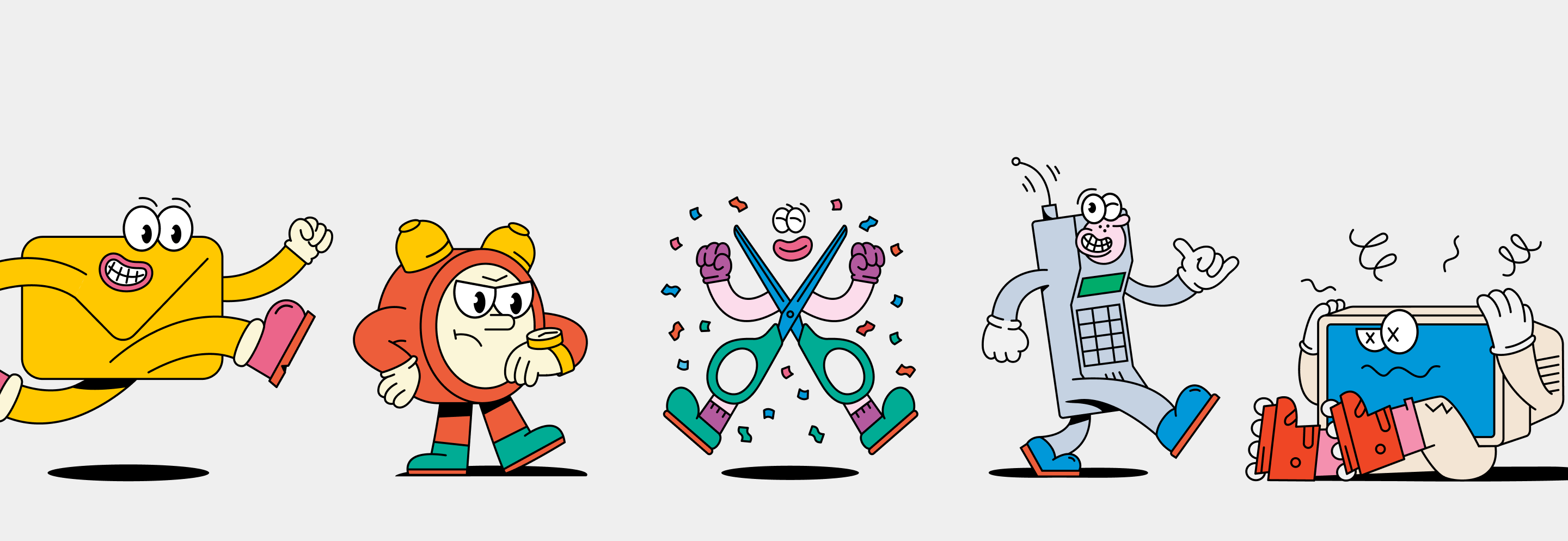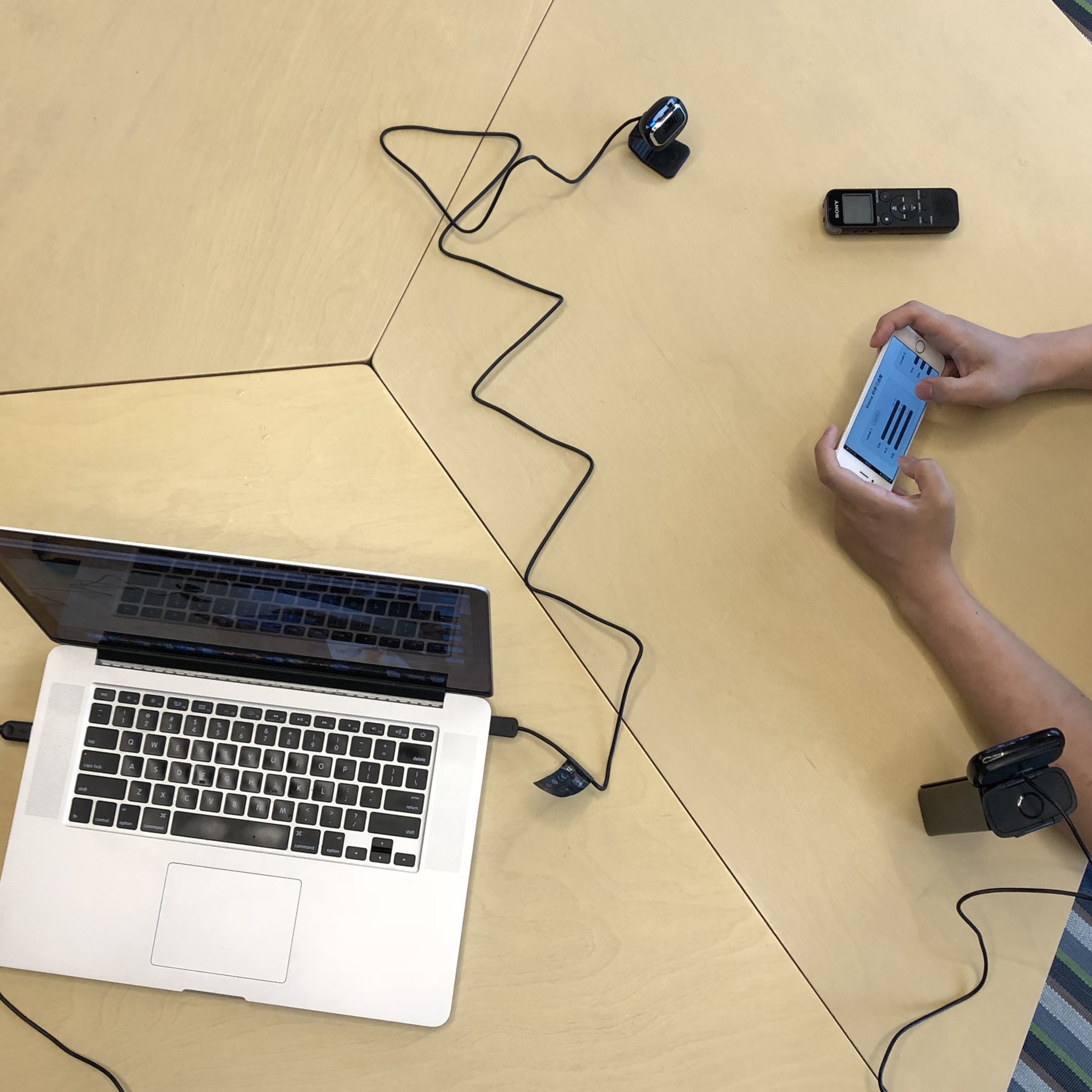The COVID-19 epidemic has accelerated the transformation of the education industry. Online education products are more integrated into kids' education process than ever. Adults and children have very different interests and behave in very different ways. How can we best design a product for kids that is both easy to use and attractive? How can we conduct user research with kids of, for example, kindergarten age? Hongxuan Ge, a design research expert at Touch shares his experience in tackling these challenges. Ge has led many research projects focused on children for educational institutions such as Pearson, Tencent, and EF.

Speak differently with kids.
Touch: What is the biggest challenge when conducting user research with kids?
Ge: Children's thinking and expression skills have not yet reached the adult level. Adults have the ability to verbalize, but kids are less developed in this area. They usually prefer to give simple answers like 'yes' or 'no'. Therefore, the researchers are required to ask guiding questions or give clearer activity instructions to carry out a task.
Patience is a virtue. Some children may develop their own thinking earlier than others, but they may still stumble and stutter when expressing their opinions. Therefore, more patience is needed to wait for them to sort out the language. Meanwhile, researchers need to pay attention to our own speed of speech, or the length of the speech. In the project EF AI Speaker, our researchers prepared different words and angles for each question to convey the meaning more clearly.
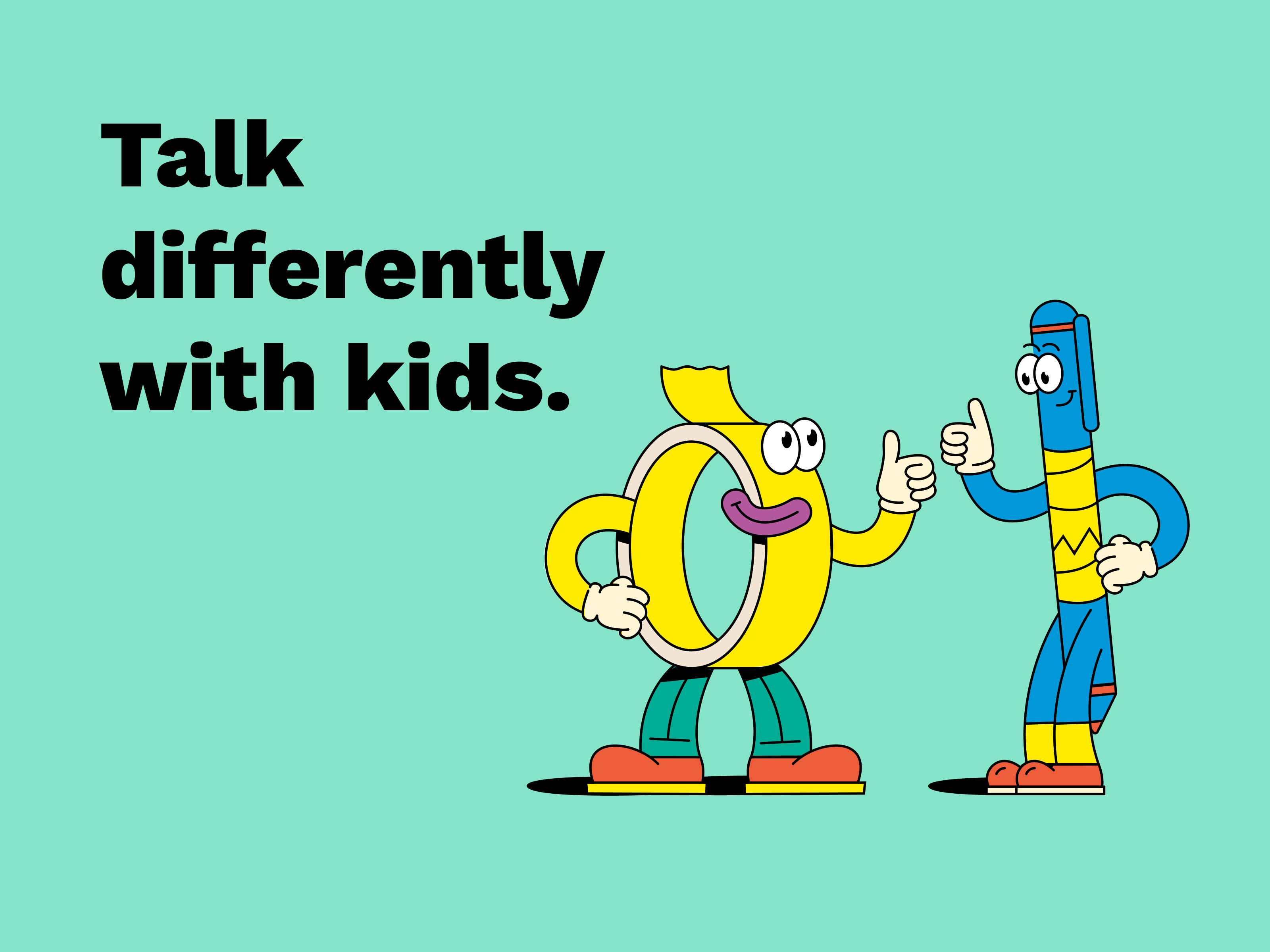
Communicating with shy and less 'Cooperative' kids.
Touch: How can we ensure kids cooperate in the research?
Ge Hongxuan: There are two extreme types of kids. One is overly nervous and shy. They are afraid of strangers and remain silent. The other type is very active, even excessively so. These children can jump about during the entire research session. Many of our products are tested on mobile devices. Very active children will run around with their mobile phones, which undermines our ability to observe. For both types, researchers should adopt a strongly empathetic approach in order to get kids to calm down and open up.
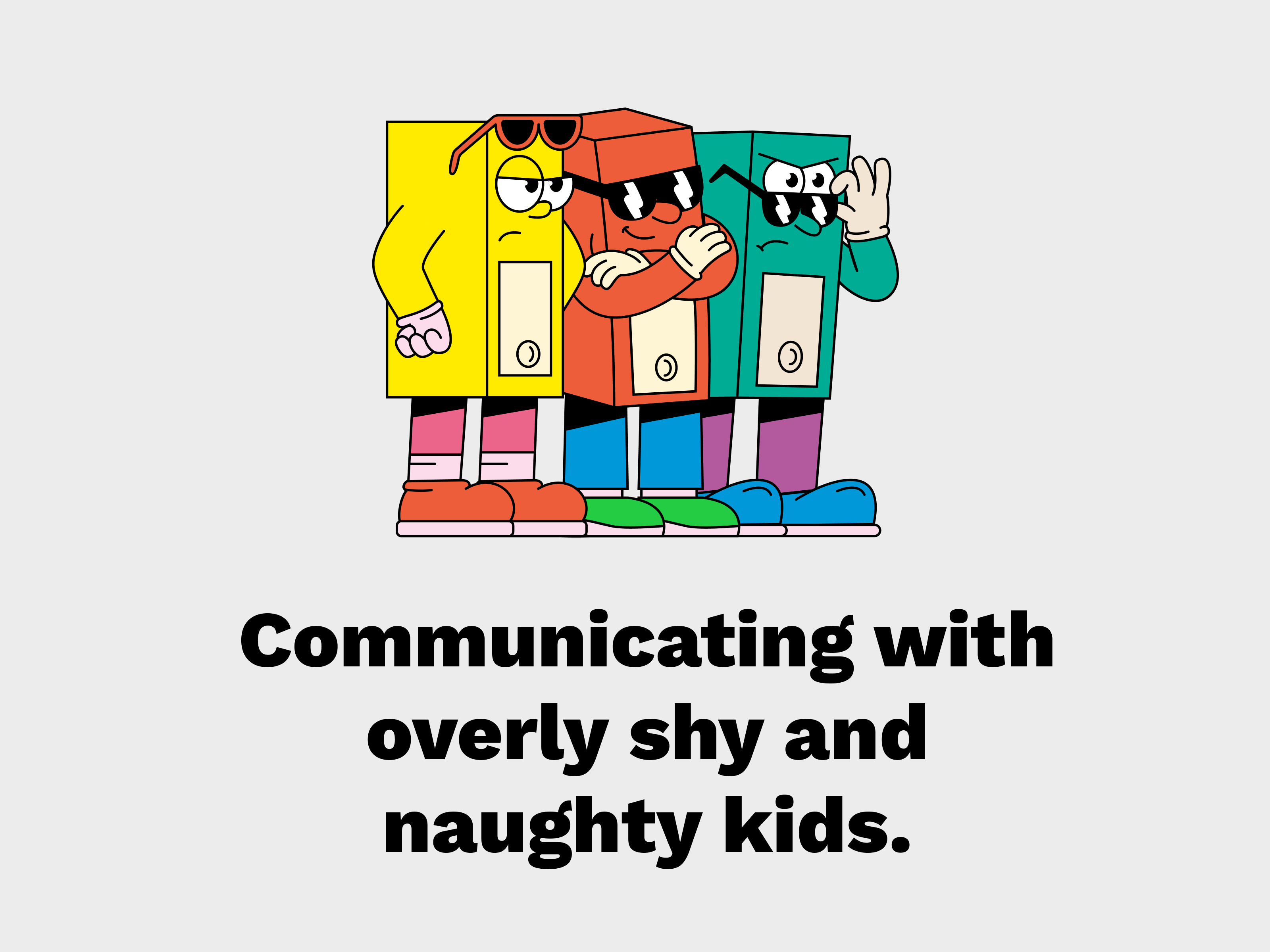
Let kids lead.
The first type of child requires you to be their friend first. I remember that there was a little girl who, in the beginning, was very scared of me, so she refused to leave her mother’s lap. We chatted and as we discussed something from her favorite cartoon Paw Patrol, this girl suddenly became a chatterbox. In fact, children are willing to share what they know, and they feel very fulfilled when they say it. This is their nature.
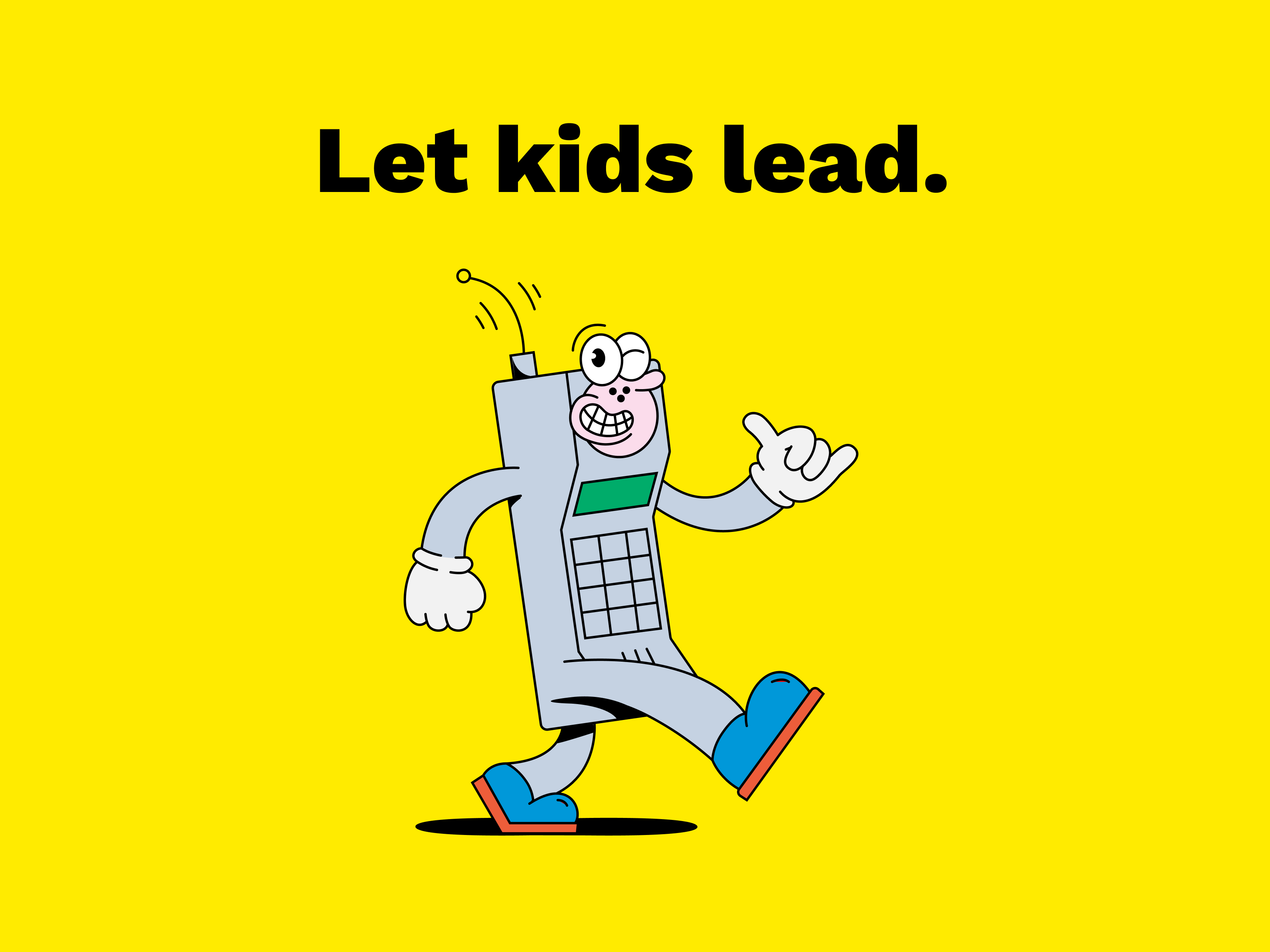
Be gentle and firm when explaining the rules.
For those more rebellious children, I advocate the "gentle and firm" attitude described in the book "Positive Discipline". In fact, you see that many early childhood education teachers operate in this way. They are actually quite strict, but their tone of voice is very gentle. Working from the premise that research time is relatively tight, particularly when dealing with active kids, we clearly explain the rules and rewards before the tasks commence.

Use of diary study.
Touch: What methodology do you recommend when doing research with kids?
Ge: It depends on the objectives of the research. If you want to really understand how kids like the products, I would recommend diary studies for a couple of reasons. Kids tend to have a short span of interest in most things.They can be highly focused on Day 1 and suddenly lose interest on Day 2. Observation over a period of time allows us to see their changing attitudes. The other reason is that kids act more naturally in their homes. As researchers, we can collect invaluable information about how they use the products in a real environment.

